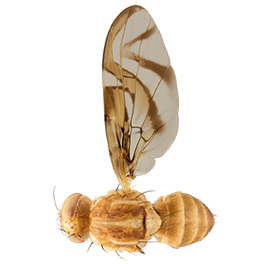Diagnosis
Morphological – adult
This species is in the fraterculus-group.
Features include:
- frons without brown markings except ocellar tubercle
- mesonotum with three pale postsutural vittae
- scutum posteriorly without brown markings or with only a single medial brown spot on scuto-scutellar suture, without brown vittae
- scutellum entirely yellow or with dark markings only on extreme base of disk
- subscutellum entirely yellow to orange, or yellow to red-brown medially, dark brown laterally
- mediotergite yellow to red-brown medially, dark brown laterally
- wing with typical Anastrepha pattern (S-band complete or at most interrupted at crossvein r-m, C-band and at least proximal arm of V-band present), C-band and S-band separated or connected, V-band proximal arm as dark as apical half of S-band, V-band usually not connected anteriorly to S-band; may be connected in some cryptic species, V-band distal arm complete
- abdominal tergites without brown markings
- aculeus length 1.4 – 2.06 mm
- aculeus tip length 0.2 – 0.3 mm
- aculeus tip width: 0.12 – 0.15 mm
- lateral margins of aculeus tip not curved dorsally.
Note that A. fraterculus has been recognised to be composed of at least eight different species based on multi-disciplinary evidence including morphometrics and mating compatibility studies (see relevant studies in Zookeys Special Issue Vol. 540, 2015). These species are yet to be formally described hence any intercepted flies identified as putative A. fraterculus should be regarded as such until either examined by an expert and/or their taxonomic revision is complete.
Morphological – larvae
Information not available.
Molecular
PCR-RFLP Test 1
BsrI: Data not available
HinfI: Data not available
HhaI: Data not available
Sau3AI: Data not available
SnaBI: Data not available
SspI: Data not available
Vspl: Data not available
PCR-RFLP Test 2
No individual restriction enzymes are diagnostic, but a selection will differentiate A. fraterculus from other Anastrepha and from species within other genera
Gallery
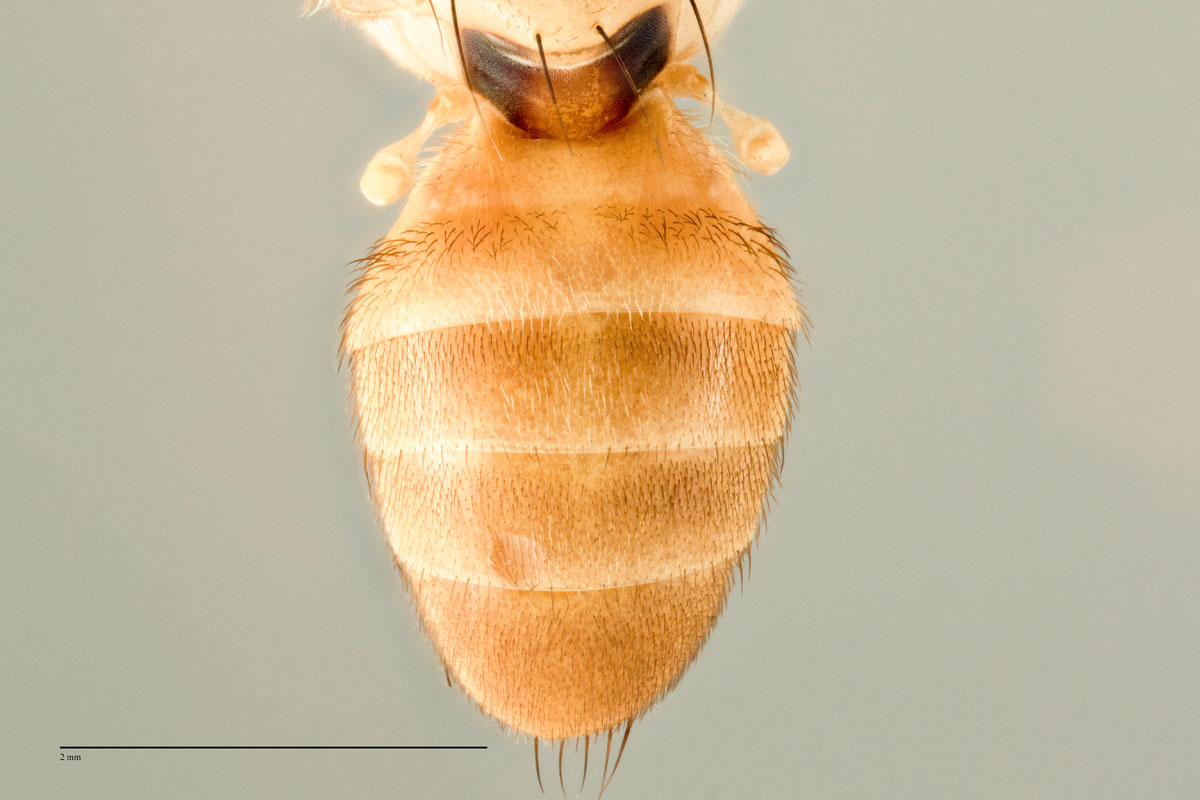 link
linkAnastrepha fraterculus - Abdomen Dorsal Classic AFR001
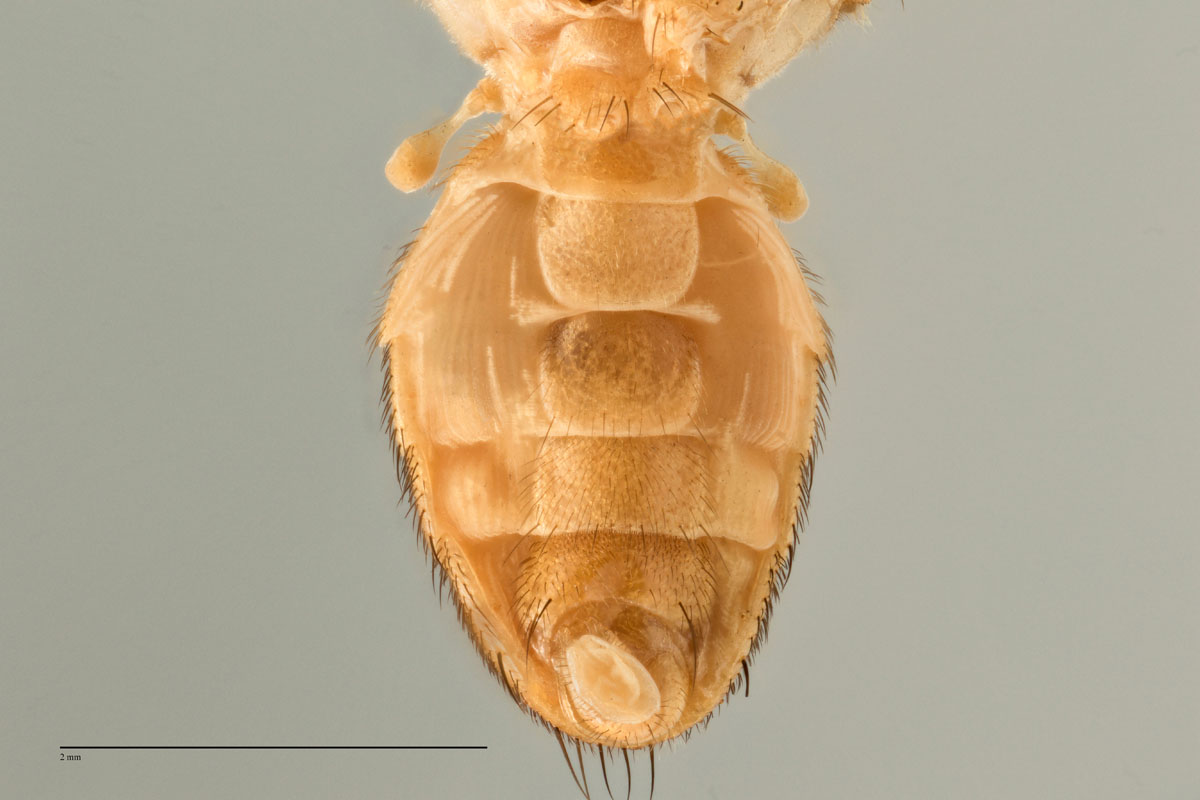 link
linkAnastrepha fraterculus - Abdomen Ventral Classic AFR001
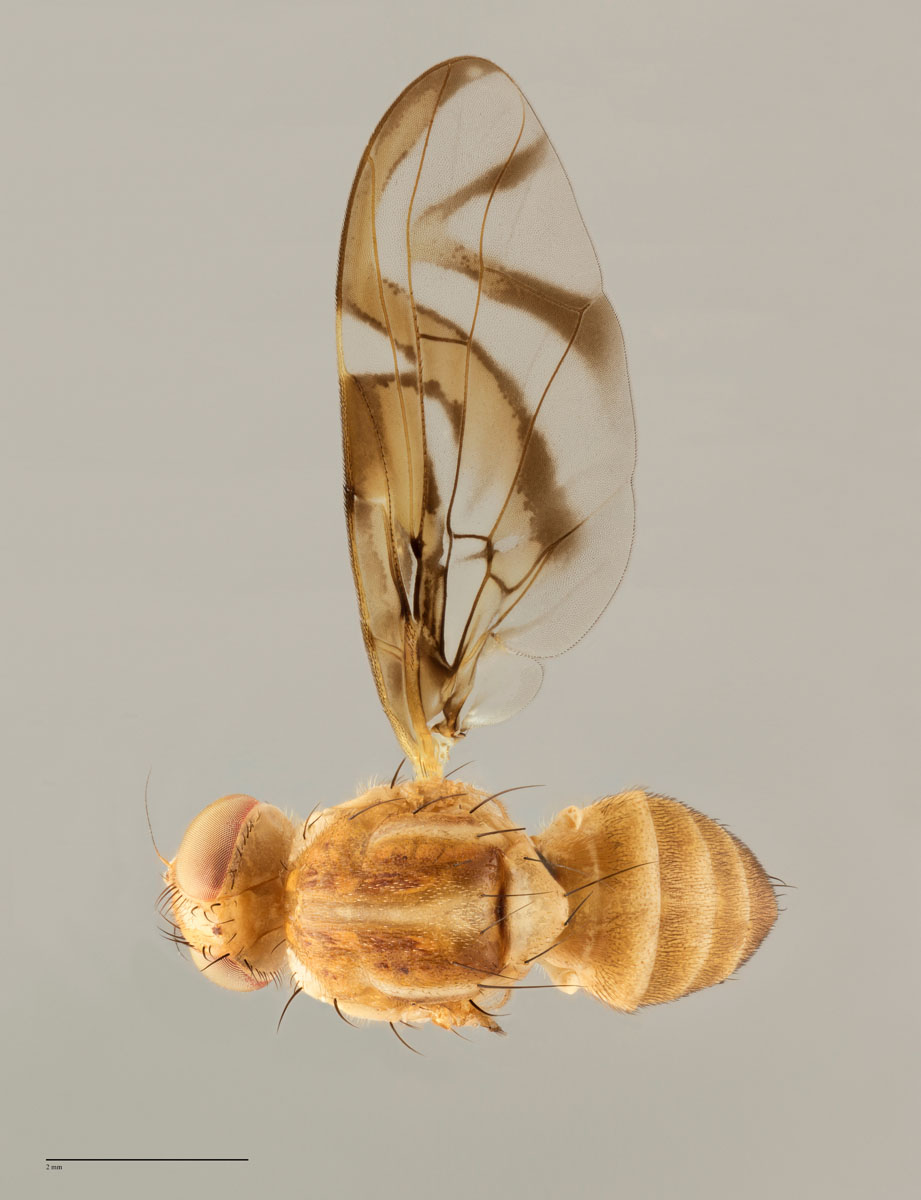 link
linkAnastrepha fraterculus - Entire Body Dorsal with Wing Classic AFR001
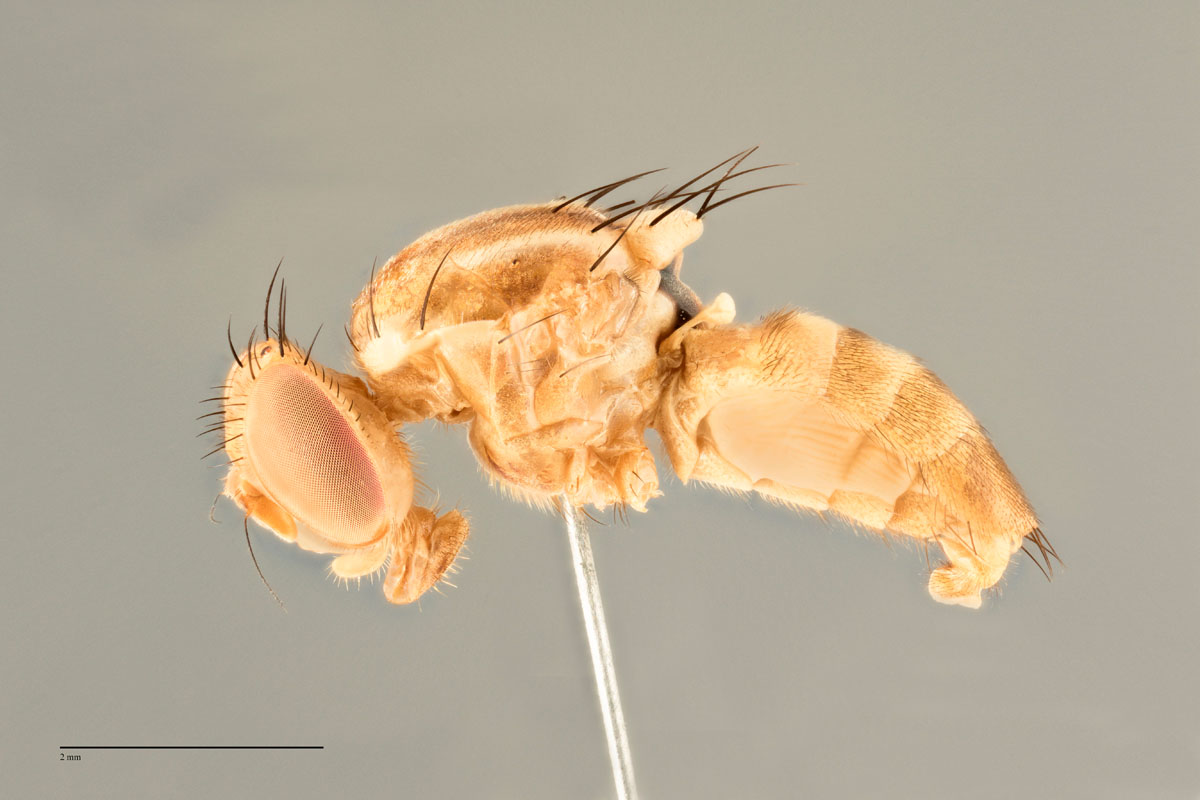 link
linkAnastrepha fraterculus - Entire Body Lateral Classic AFR001
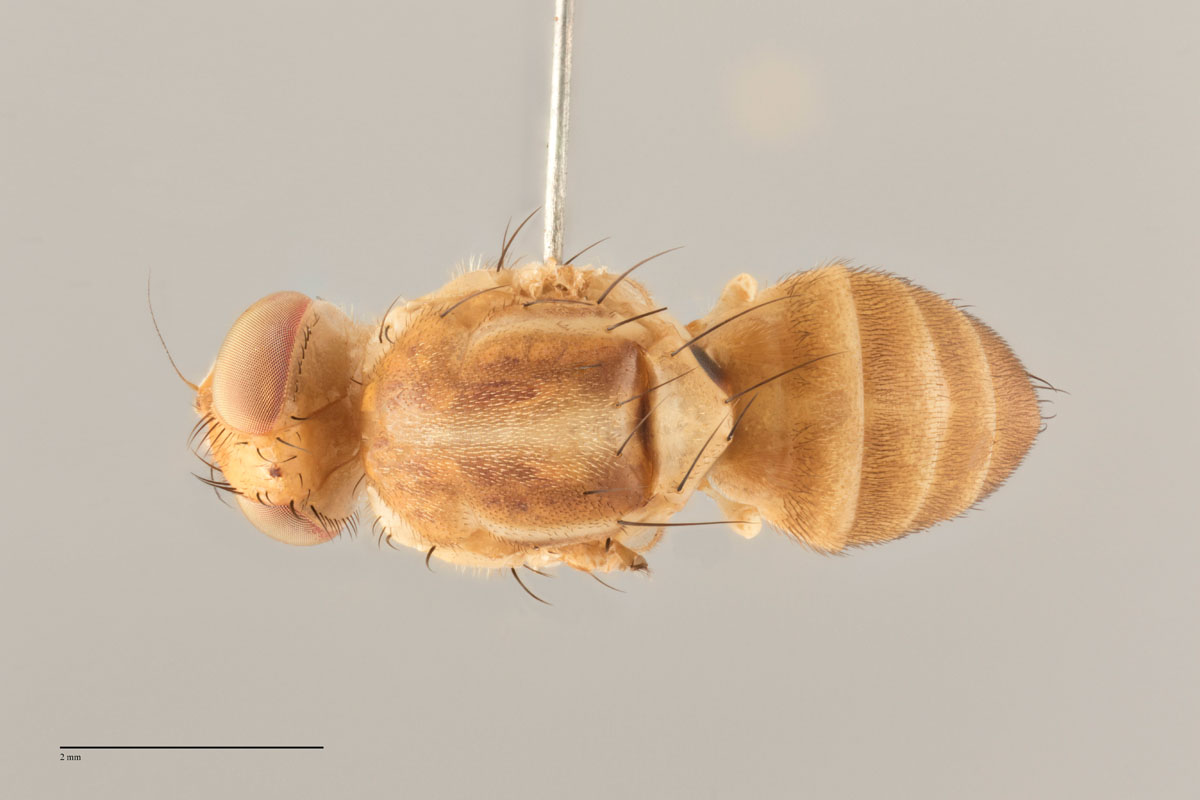 link
linkAnastrepha fraterculus - Entire Fly Dorsal Classic AFR001
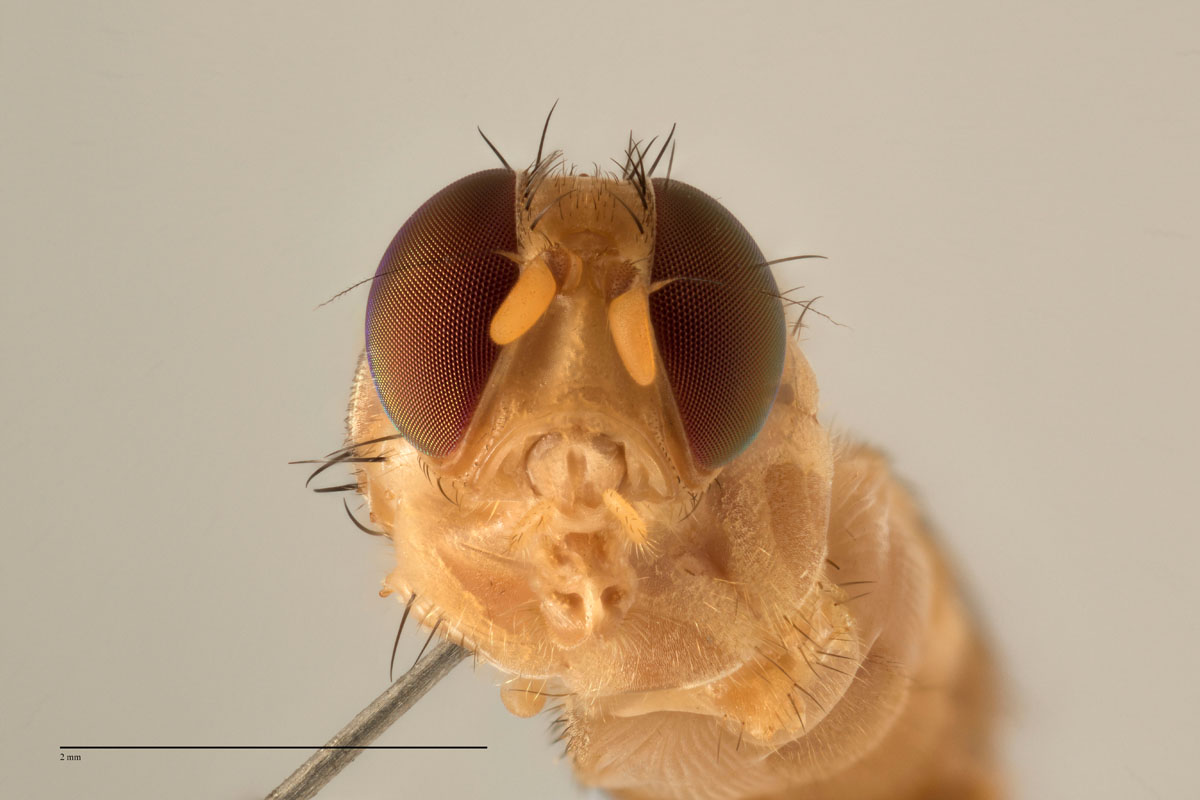 link
linkAnastrepha fraterculus - Head Shot Classic AFR001
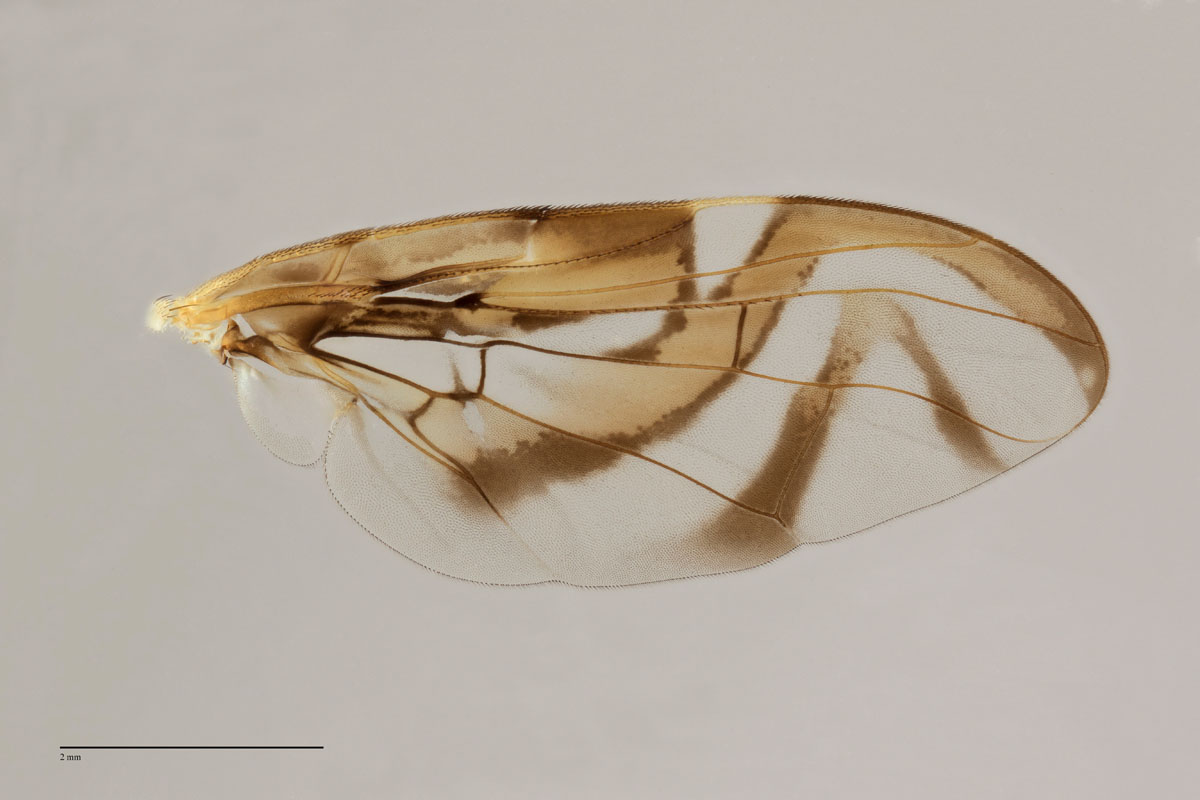 link
linkAnastrepha fraterculus - Left Wing Classic AFR001
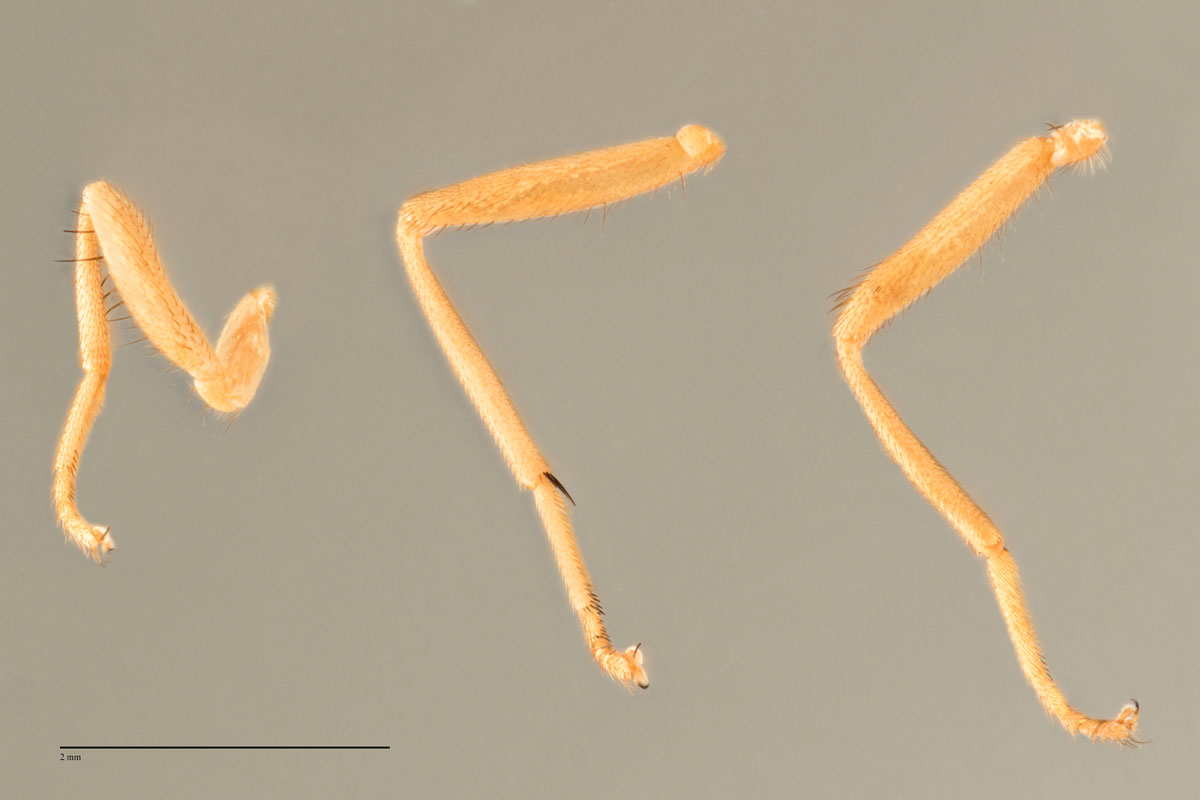 link
linkAnastrepha fraterculus - Legs Classic AFR001
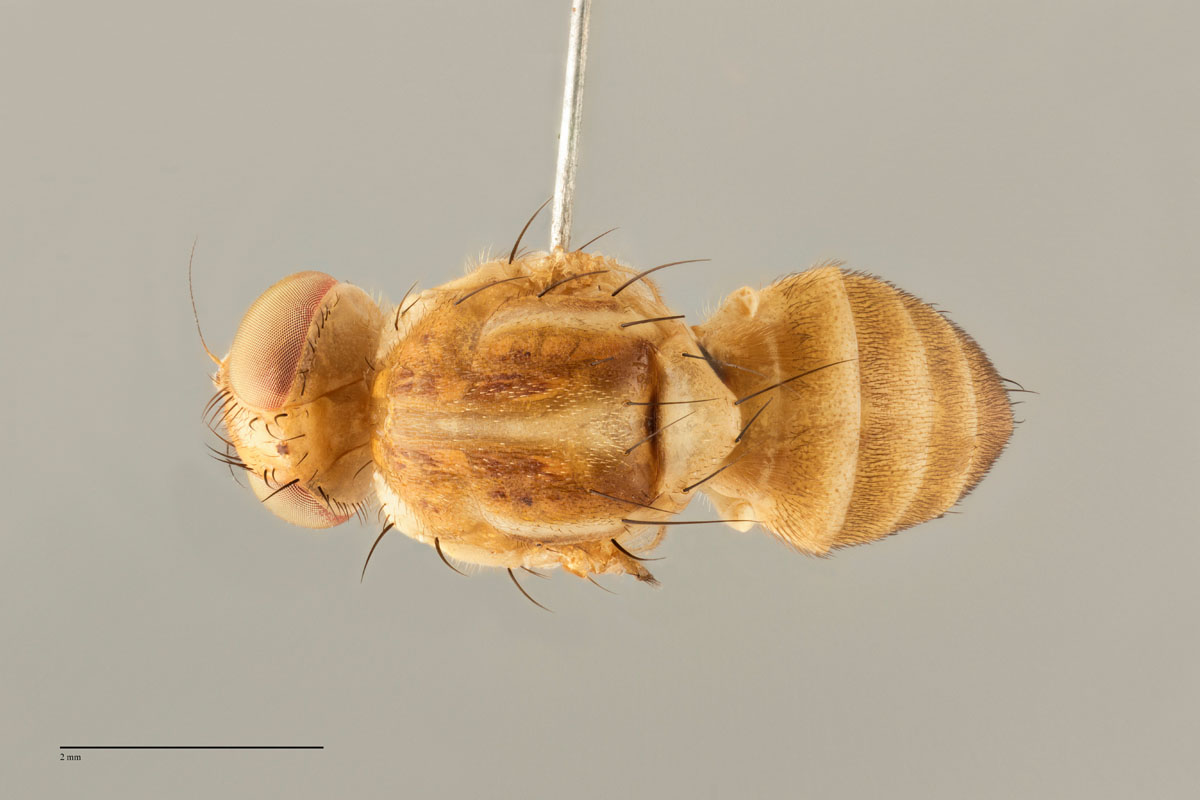 link
linkAnastrepha fraterculus - Scutum Pattern Classic AFR001
Host Range
Anastrepha fraterculus has been recorded on hosts from a wide range of families. These include: Actinidiaceae, Anacardiaceae, Annonaceae, Combretaceae, Ebenaceae, Fabaceae, Juglandaceae, Lauraceae, Lythraceae, Malvaceae, Moraceae, Myrtaceae, Oleaceae, Oxalidaceae, Rosaceae, Rubiaceae, Rutaceae, Sapotaceae and Vitaceae. (For a full list of recorded hosts see CABI 2007; UF and FDACS 2009.)
Major commercial hosts:
- Annona cherimola (cherimoya)
- Citrus species (citrus)
- Eugenia uniflora (Surinam cherry)
- Prunus persica (peach)
- Psidium guajava (guava)
- Syzygium jambos (rose apple)
Distribution
- Northern Mexico south to northern Argentina, Trinidad
- Introduced to Galapagos Islands
- Occasionally trapped in USA (e.g. southern Texas), but not currently established (Carroll et al. 2002).
Note that this geographic distribution will be revised pending the description of cryptic species within A. fraterculus sensu stricto.
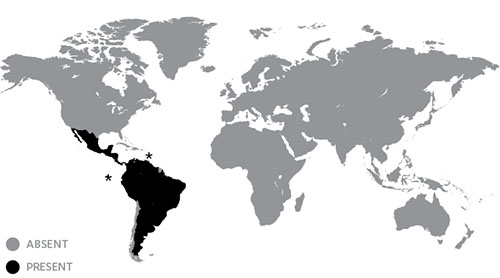
Similar species
Anastrepha fraterculus may be readily confused with other members of the fraterculus-group; especially A. obliqua and A. suspensa.
One of the most important distinguishing features between A. fraterculus and A. obliqua is the nature of the aculeus tip, which has serrations only on its apical third in A. fraterculus in contrast to that of A. obliqua.
Other differences between A. fraterculus and A. obliqua are:
A. fraterculus:
- aculeus usually longer than the distance on vein M from the junction of MP and M to vein r m.
- subscutellum darkened laterally
A. obliqua:
- aculeus always shorter than the distance on vein M from the junction of MP and M to vein r m.
- subscutellum entirely yellow to orange, not darkened laterally.
Regarding A. fraterculus versus A. suspensa, the apical arm of the S-band of A. fraterculus is narrow compared with that of A. suspensa. There is frequently a distinct scuto-scutellar black spot, but it is usually smaller than in A. suspensa (Foote et al. 1993).
A. fraterculus is believed to belong to a group of closely related sibling species which, to date, have not been identified and described. In addition, it is very close to A. obliqua and A. suspensa. Consequently, A. fraterculus is difficult to diagnose and its exact area of distribution uncertain.
A. fraterculus is the most economically important species of genus Anastrepha in South America (Foote et al. 1993).
Pest Status
- Exotic
- Anastrepha fraterculus is an important pest of guavas and mangoes, and also to some extent of Citrus and Prunus species.
Attractant/Lure
No known record, but can be captured using McPhail traps with decaying protein (or similar), or with multilure traps with ammonium acetate + putrecine.
